Disable relaying
| Protect your server! |
 |
========================== Did you know that third-party mail relaying occurs when a mail server processes a What does this mean Mail servers that are open for relays are routinely used by spammers to send |
| Login as administrator on your webserver |
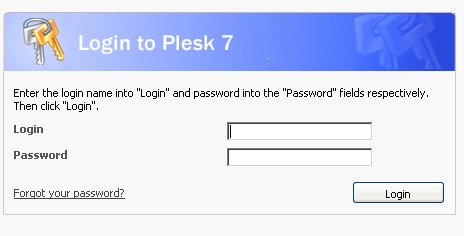 |
|
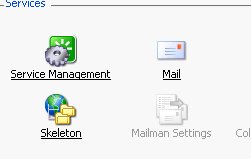 Now you'll see the Server administration in the right panel of
Plesk. Here you'll see a column named Service. In this column you'll
find an icon with the name "Mail". You'll need to click on this icon to
open the mail settings on your server. Now you'll see the Server administration in the right panel of
Plesk. Here you'll see a column named Service. In this column you'll
find an icon with the name "Mail". You'll need to click on this icon to
open the mail settings on your server. |
| Server-wide mail preferences |
Now you are in the "Server-wide mail preferences". In the first column you'll see a column named "Maximum letter size and relay mode parameters". Here you have the possibility to open your server for Relaying, (not recommended!), close your server for Relaying or require an authorization for SMTP (= Simple Mail Transport Protocol) and to adjust a POP3 lock time if authorization failed. |
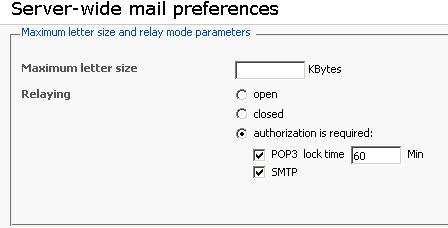 |
|
| Contact your ISP (=Internet Service Provider) if you aren't able to protect your server against unauthorized use of your SMTP by Spamers. |
| Feel free to contact me at cynthia@heathernova.info if you have questions related to this article |

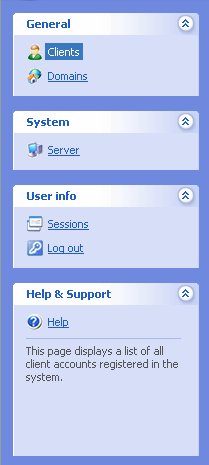 After you're logged into your server, you'll need to click on the server button with your mouse on the left panel.
After you're logged into your server, you'll need to click on the server button with your mouse on the left panel.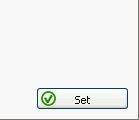 It is no longer possible to abuse your server by spammers, once the authorization is required. Enable this setting means that unauthorized people can no longer use your server to send spam messages via your server and that's a good thing. Don't forget to click on the "Set" button in Plesk to save your settings.
It is no longer possible to abuse your server by spammers, once the authorization is required. Enable this setting means that unauthorized people can no longer use your server to send spam messages via your server and that's a good thing. Don't forget to click on the "Set" button in Plesk to save your settings.